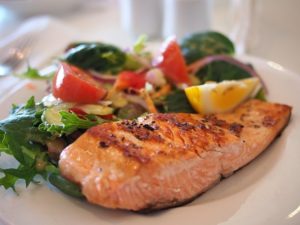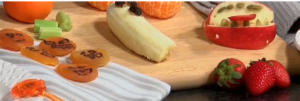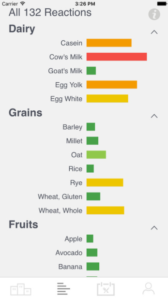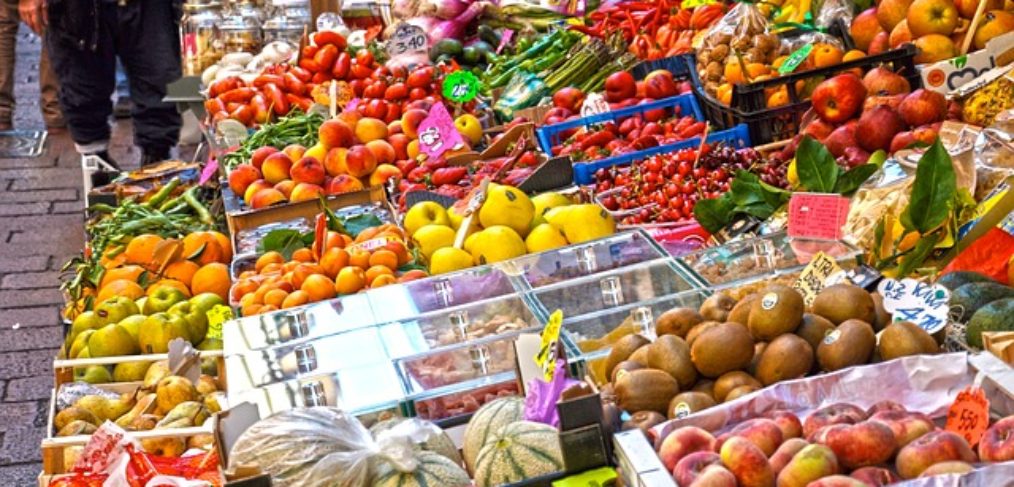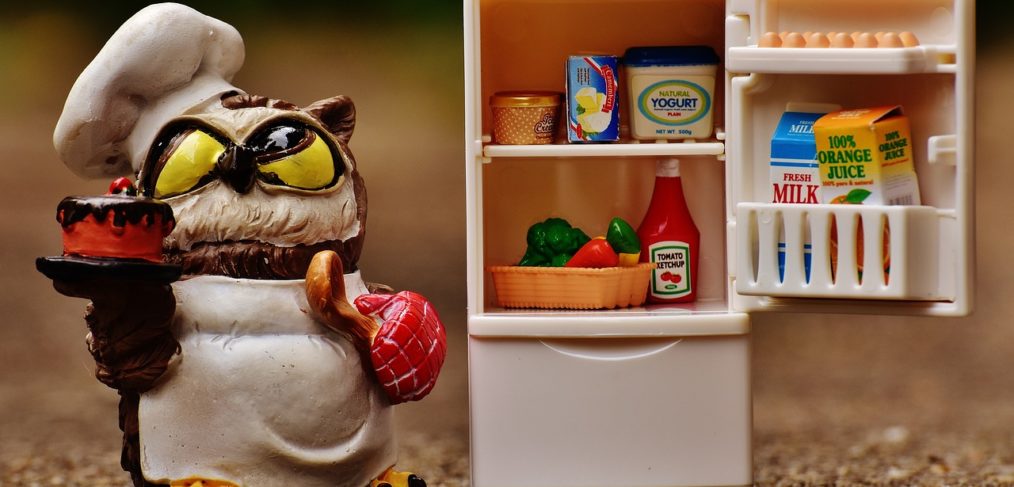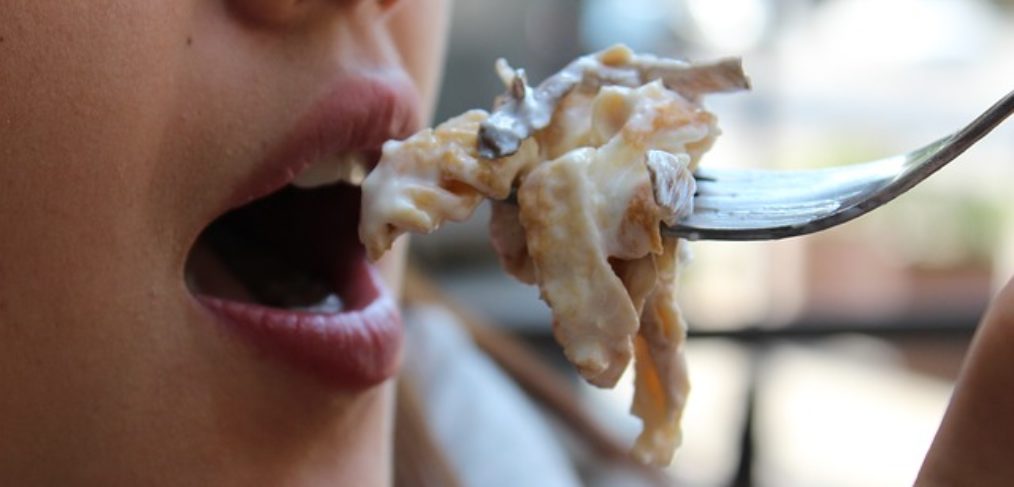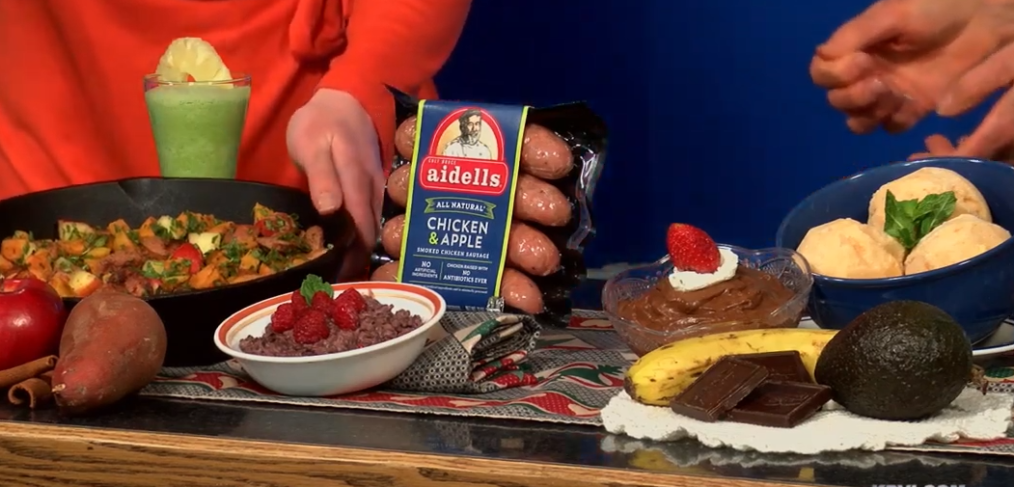Dieters and health-seekers talk freely about food elimination diets. They report leaving grains, or dairy, or meats out of their diets. Then, they debate which foods should be removed from your menu. But have you ever considered a food addition diet? The focus of our conversations should be on how we can broaden our food plans to include more nutrition, not less.
Whether you are concerned about blood sugars, inflammation, or immune function, loading your body with nutrients will be healing. While no diet is perfect and each person is unique in his needs, food scientists agree that you can increase your consumption of vegetables, high quality protein, minerals, healthful fats, and prebiotic foods.
Adding Vegetables to Your Diet
Antioxidant, mineral-rich, anti-inflammatory, high-vitamin vegetables are the basis of an optimal diet. Up to 2/3 of your plate can be vegetables. How many servings of vegetables do you eat per day?
Regardless of where you are, you can do a little better each day, adding more quantity, quality, or diversity. If you eat mostly salads, you can add cruciferous vegetables, such as cabbage and cauliflower. On the other hand, if you eat a lot of steamed vegetables, try more dark leafy greens, including kale, spinach, and chard. Consider also brightly-colored vegetables, which rich plant pigments of red, purple, and orange that lend powerful nutrients to your body. Examples of colored vegetables are eggplant, beets, and pumpkin. As a base for all meals, remember sulphur-rich vegetables that help the liver detoxify your body. These include mushrooms and plants in the onion family.
Not sure you can prepare anything more than corn and peas? This post contains recipes for 70 distinctive vegetables. Challenge yourself to try a new one each week!
Protein on an Addition Diet
The human body cannot live without protein. It forms the building blocks that create blood cells, hormones, enzyme, and antibodies. Protein shapes bones, muscles, skin, hair, and organs. Meat, fish, poultry, dairy, eggs, and even tempeh (traditionally-fermented soy) contribute to a well-rounded diet, as long as they are raised on their natural diet.
Already eating a Goldilocks portion of protein that is just right? Then you could replace some of your muscle meats with offal, which is much higher in nutrients. Concerned that you’re getting too much protein? Switch some of your sources for amino-acid rich broths, made from the bones of animals. The proteins in bone broth are more bio-available, meaning your body absorbs and uses them more easily than proteins it must break down from meat sources.
Boosting Your Mineral Intake
Would you drive your car on a cross-country trip with 50% of the spark plugs not working? Minerals are the spark plugs of your body, setting off almost all the the chemical reactions that have to occur each second for you to function. If you are eating a rainbow diet by including lots of produce on your plate, and if you are incorporating bone broths and organ meats into your meal plans, then you are already augmenting your mineral stores.
But there are always ways to do even better. One way is to use an unrefined sea salt or Himalayan salt to season your food. Another way is to drink herbal teas throughout the day. Plants grown in mineral-rich soils take these minerals into their roots and leaves. Nettle, alfalfa, and horsetail are famously strong in mineral content, with nettle boasting four times the amount of calcium as kale.
Incorporating Healthful Fats
No addition diet is complete without the inclusion of both unsaturated and saturated fats. Your brain is largely made up of saturated fat. But your cell membranes require unsaturated fat. So, both plant and animal fats are beneficial. But, stay away from man-made fats.
For generations, Americans have eaten a low-fat diet. The results have been rather disappointing. Instead of reducing heart disease, cancer, diabetes, and obesity, low-fat diets seemed to have contributed even more to the epidemic. While going to extremes in fat consumption is not necessarily desirable, you can saute, grill, fry, and dress with the kinds of fats that occur in nature. Additionally, snacking on olives, avocados, whole-fat dairy products, raw nuts, and seeds definitely trumps eating potato chips, cookies, and other commercial snack foods.
You can learn more about which fats to use in this post.
Increasing Prebiotics
Maybe you’ve been adding vegetables to your diet. Perhaps you’re conscientious about getting adequate protein. You might even be using adequate fats to maintain your health. The next step, then, is to add foods to feed your microbiome. That’s the trillions of beneficial bacteria inside your gut that help manufacture vitamins, break down fiber, signal the immune system, and a thousand other jobs for your health.
It’s not enough to take probiotic supplements. Your microbes need food everyday for them to grow and multiply. They need the insoluble fibers that you do not digest well. They break these down, making butyric acid to feel your colon cells. Foods that support your healthy gut bacterial colonies include onions, asparagus, and artichokes. Beans and legumes are important, too.
Not only that, but food containing live cultures can augment your microbial populations. Fermented vegetables, miso, natto, kefir, and kombucha are just a few to choose from. I found that I could add a tablespoon of sauerkraut or sauerkraut juice to just about any dish to enhance its nutrition without affecting taste. This book has some great ideas.
Add Before You Subtract
It may be discouraging to think about removing sugar or processed foods from your diet. Yet, by the time you add the bounty of options nature has provided, you will not have room for artificial and refined products! Truly, an addition diet is an abundant way to eat!
